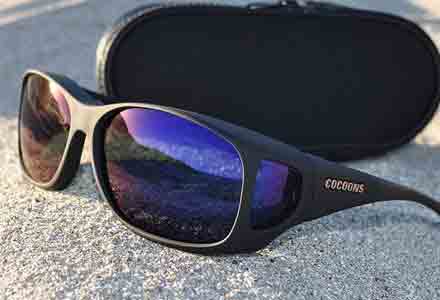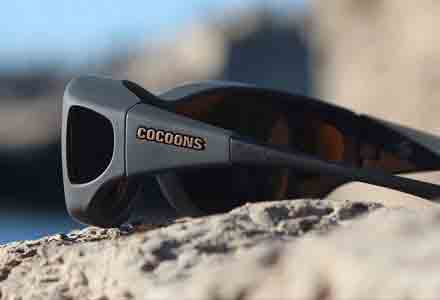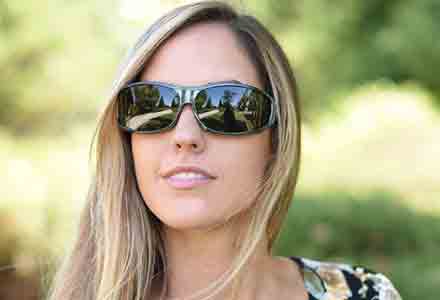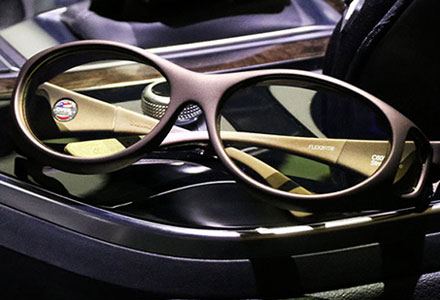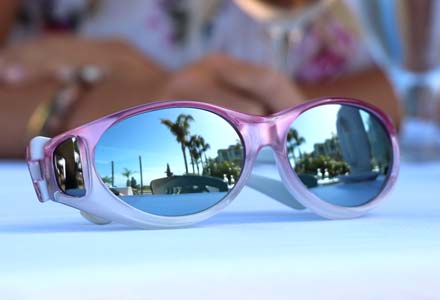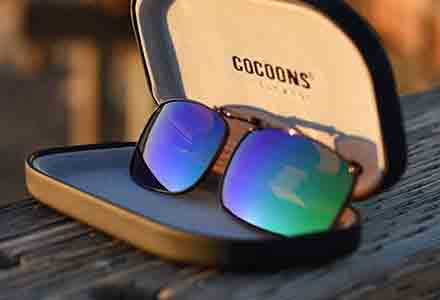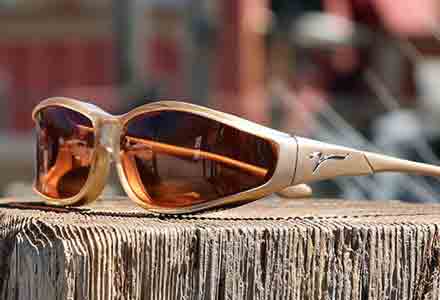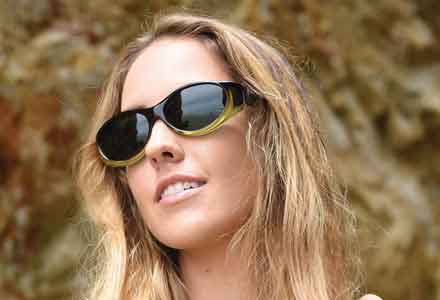Cocoons Fitovers, Eye Health, Technology, Visual Performance
See Beyond Glare: How Polarized Lenses Work
Polarized lenses are essential in sunglasses for enhanced clarity and eye comfort during outside activity. They’re also pretty fascinating little pieces of technology.
Our proprietary Polaré® polarized lenses are expertly engineered to stop glare in its tracks. That means no squinting, eyestrain, fatigue, or headaches — no matter how bright the conditions. Your eyes will stay relaxed and able to focus with ease.
Not all polarized lenses, however, are created equal. Here we’ll get into how our Polaré® polarized lenses work and what sets them apart from poorly manufactured ones.
Let’s start at the heart of the issue: glare.
What is glare?
Sunlight typically scatters in all directions. But when it reflects off a horizontal surface like road, water, or snow, it moves more uniformly in a vertical wave. These light waves sync up and intensify to form what our eyes register as glare, a harsh, blinding light. That’s why roads, snow, and water can be so hard on the eyes: they reflect a relatively large percentage of the light that hits them.
We can immediately feel the discomfort glare causes, but we can’t always feel the harm it can do over time. This is where we can truly see the performance and value of polarized lenses.
How do polarized lenses work?
To counteract glare, polarized lenses essentially act like a microscopic version of blind you’d see on a window. They’re positioned vertically to block those vertically polarized light waves from reaching our eyes.
Our Polaré® lenses do this with an iodine crystal film encapsulated between lens layers. This completely filters glare out, transmitting only light our eyes can use. That’s why when you wear your Cocoons, glare reflecting off any surface — road, cars, water, snow, and anything else— might as well be nonexistent.
But be careful, because some “polarized” lenses can leave you squinting through glare.


How can I tell if my lenses are polarized? How can I tell if they’re high quality?
Poor design and manufacturing processes yield basically ineffective polarization. If the polarized film is imprecisely positioned or warped in any way, the lenses won’t filter glare; they can also distort our vision and decrease clarity. All of this leads to more eyestrain, fatigue, and even danger in situations where we need clear vision the most.
To see if your lenses are polarized, hold them perpendicularly behind another pair of polarized sunglasses, lining up their lenses. If the two are polarized, the lenses will go black because together they’re filtering vertical and horizontal light. And if lenses are high quality, this will happen at exactly 90° since both polarization layers will be perfectly vertical.
If the films aren’t perfectly positioned, this might happen at a different angle, which means they won’t block the vertical waves of reflected glare. And if the lenses are low quality, you might notice some patchiness with some areas letting in light, which means they’ll likewise let in glare.
What you want — and all you’ll find with Cocoons — is 100% polarization. Our Polaré® lenses are made to last. They’re distortion-free, glare-free, and scratch-resistant — ready whenever you need polarized clarity the most.

